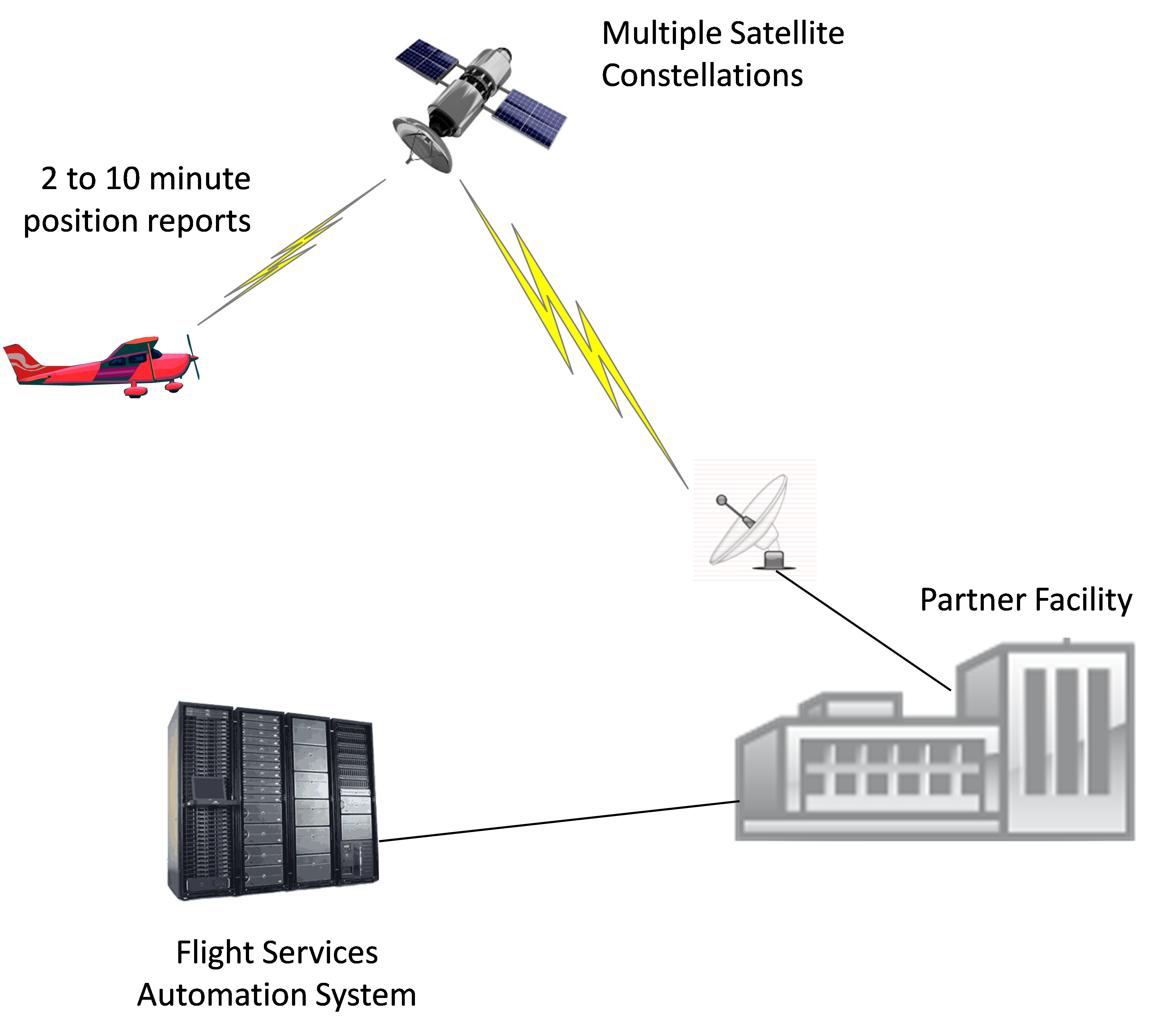Here's food for thought. I wont say how old I am, but I'll tell I started flying with my dad in the early 70s. I've flown 135 fixed and rotor most of my life. During that time I've done a whole lot of 'contract' work, so I've flown for a lot of different operators, and I've flown a lot of different personnel, and I can probably count the number of times I've filed a flight plan on one finger.
Many, if not most, especially in the helicopter world, who are 135 operators, self file. In other words, you tell someone, your boss, your base manager, your flight department, the Forest Circus heli manager, etc, where you're going and when you'll be back. We never file with the FAA.
The purpose of filing a flight plan is so 'someone' knows where you're going, when you should arrive and/or when you should return. Even if you file a fight plan with the FAA, and you deviate, chances are, no one is going to know where you went. The only exception to that is if you ask for FF, and even then it's no guarantee they're watching you that closely.
If you want to file, file. If you don't want to file, don't, but at least give someone your planned route, destination and expected times.


